The history of TVR #3
At that time, the sister company, Grantura Engineering Limited, which had been previously created for tax reasons, came in very handy, as that company was not included in the proceedings. Bernard Wiliams managed to convince the creditors to give him access to the fiberglass templates and the semi-finished chassis. They agreed, so quite a few cars could be finished between the end of 1963 and the beginning of ’64. Most of the workers and managers presistent with the company and stayed, hoping that TVR would one day become profitable. In the first quarter of 1963, Grantura Plastics Limited was formed. From that point on, they handled the fibreglass moulds. Also in 1963, a new shareholder, Richard Barnaby, began discussions with Major Tony Rolt, founder of Ferguson Developments, about a new all-wheel drive V8 TVR. Barnaby asked David Hives to make a chassis for this new model. Hives complied, but TVR did not have the financial resources to carry out such a project. It later turned out that the Colonel had not only told TVR about his plans. They later created the Jensen FF with Jensen Motors. The company’s financial recovery was helped by the fact that it found a reseller in London in the person of James Boothby.
After Dick Monnich sorted out his ranks, they entered into a familiar partnership with TVR. The American man also visited Blackpool to report that one of his colleagues, Andrew Jackson Griffith, was installing a Ford 289 engine into a mk3 Grantura chassis. This combination would later be referred to as the Griffith 200 series. The first Griffith prototype was completed in October 1963. The car’s performance was astonishing and exceeded all expectations. The bodywork and brakes were from the mk3 Grantura series and were noticeably lacking compared to the V8 engine. It was seen that the car was very powerful with a V8 engine. After this, 3 chassis without the engine were sent to New York. In March 1964, Hives went to Long Island to help Bob Cumberford protect the Griffith 600, and also helped George Clark, Griffith’s mechanic, prepare the production line. The car debuted at the New York International Auto Show. This was followed by the Griffith factory on Long Island, where V8 Ford engines were installed in Griffiths. With the advent of the Griffiths, the factory had to produce faster than ever. This is why Major Timothy Knott was hired to supervise the work processes, which did not cause him any problems with the workers due to his military background. On September 1, 1964, Hives returned to Great Britain and almost immediately began designing the Griffith 400s. The original TVR logo was also designed by Bob Hallett and John Baillie at this time. TVR’s fate was sealed by the fact that their cars were unreliable (not necessarily in past tense…) and customer complaints began to pour in in 1964. And a dock workers’ strike almost made Griffith’s import ambitions impossible. Griffith was then unable to pay Ford, and so stopped supplying any more engines for the 200. This was the final straw for the already struggling TVR. In September 1964, it was announced that production would cease and the factory would close. In November, the company went into liquidation.
If you are interested in TVR’s history, subscribe to our newsletter:
Subscribe to our newsletter
Provide your e-mail address and click the button below to receive special deals and premium offers



